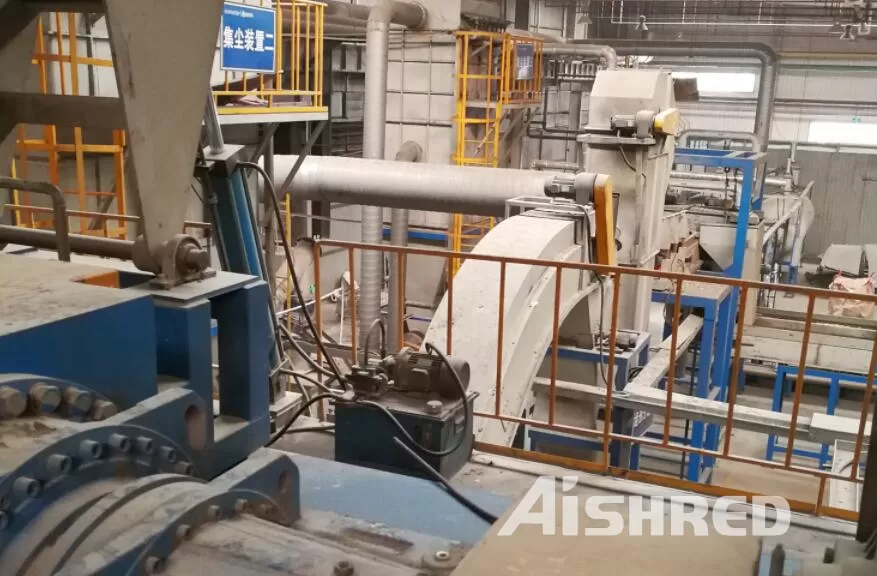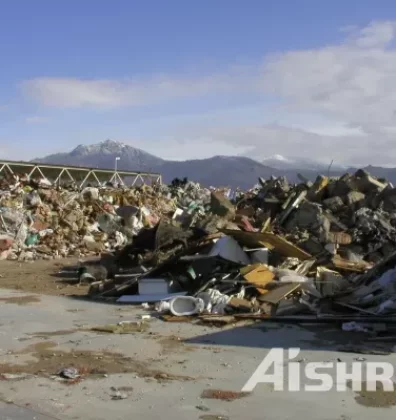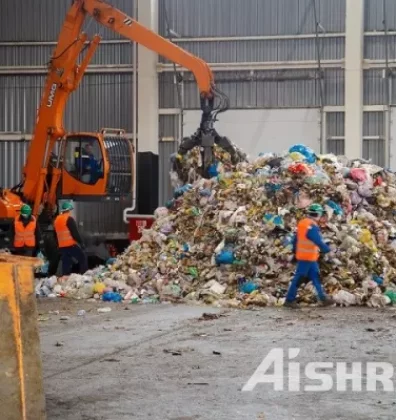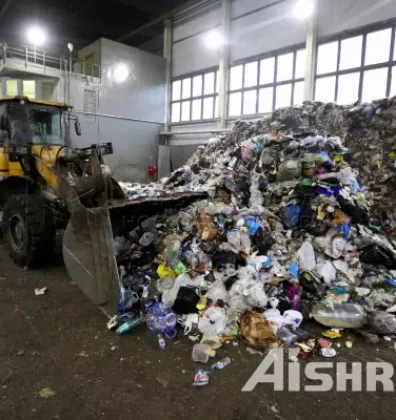Electronic and electrical equipment are widely used in our daily and industrial activities. The waste electronic and electrical equipment(WEEE) should be properly disposed according to different types, and its effective resources should be recycled to avoid pollution. Generally speaking, the factories authorized to handle these electronic and electrical wastes have machines and equipment for safe disposal of these wastes. Generally, there are different production lines in the same factory, which are specially used to treat different types of electronic waste. There is a storage area in the treatment center, which is used to temporarily store the same type of waste. During disposal, hazardous components that may exist inside the equipment must be taken into account to prevent pollution risks.

In fact, a large part of the electronic and electrical waste recycling process is still manually operated by professionals: only in this way can the hazardous substances contained in the waste be safely removed. The use of special machines is still the core of the whole processing production line. After its disassembly, let's take a look at the tools used in the market to treat different types of electrical and electronic equipment wastes.
Refrigeration Equipment
Refrigeration equipment (refrigerators, freezers, industrial or professional refrigeration equipment, air conditioners, etc.) is characterized by the existence of refrigerant circuits, which may contain hazardous gases harmful to ozone or used for thermal insulation, and must be properly disposed to prevent diffusion into the atmosphere. For these reasons, refrigeration equipment must be kept intact at all stages of collection, transportation and storage, and can only be disassembled in special disposal centers. The recycling process of refrigeration equipment is as follows:
- Manual disassembly of components
- Safely remove gases present in the refrigerant circuit
- Disassembly of the compressor(separate treatment to recover the components present in the engine)
- Crush the equipment shell to several centimeters
- Separation of crushed iron
- Further crushing and separation of non-ferrous metals(aluminum and copper) and plastics from crushing residues
At the end of the process, iron, plastic, copper and aluminum are obtained and ready for recycling.
Large White Household Appliances
It refers to large household appliances without refrigerant, such as washing machines, dryers, dishwashers, stoves, microwave ovens, heating systems, etc.
The disposal process of this waste generally includes manual disassembly, removal of hazardous components (mercury, asbestos), motors and other key components, and then use a two or four axis shredder to break the housing of household appliances, thereby reducing the size and separating ferrous, non-ferrous and plastic components.
TV and Display Screen
It mainly includes relatively old cathode ray tube displays, flat panel displays and televisions. Equipment equipped with cathode-ray tubes must be treated separately from other equipment, separating the housing (almost always made of plastic, rarely wood) from other components. The insulating sleeve can be shredded and sent for recycling, while the cathode ray tube must be separated for recycling to avoid the diffusion of harmful substances into the environment.
The flat panel display must also be disassembled with special care to avoid damaging valuable screen components and recycling various raw materials. It can be disassembled, broken and separated manually and mechanically according to its recycling value.
Small Household Appliances
Including various small electrical appliances, such as air humidifiers, stereos, sweeping robots, etc., which are very different from each other, so preliminary classification must be carried out before handling, and then hazardous components(usually manual disassembly) must be removed, and then materials are broken and separated.
Non dangerous parts are usually shredded by two or four shaft shredders to reduce the size, and then separated from iron, aluminum, brass, plastic, etc. by magnetic separators, eddy current separators, air separators, etc.
Lighting Equipment
It mainly refers to fluorescent tubes and other lighting equipment containing mercury and other harmful substances that need special treatment. Before treatment, the mercury component in the equipment should be separated, and then the glass, metal and plastic in the equipment should be recycled.
GEP ECOTECH can design shredding and sorting recycling solutions for electronic and electrical waste recycling plants according to different recycling materials and requirements. Welcome to contact us to customize your own recycling proposal.




